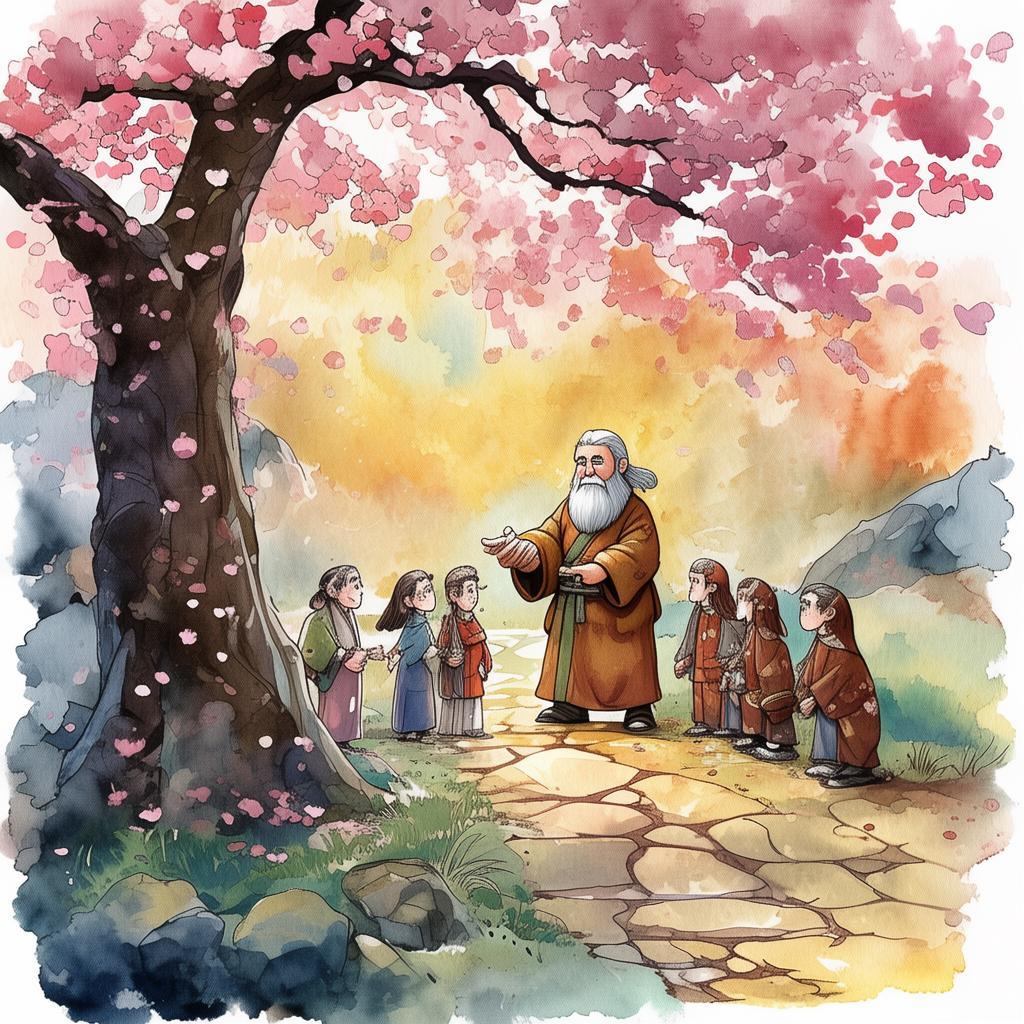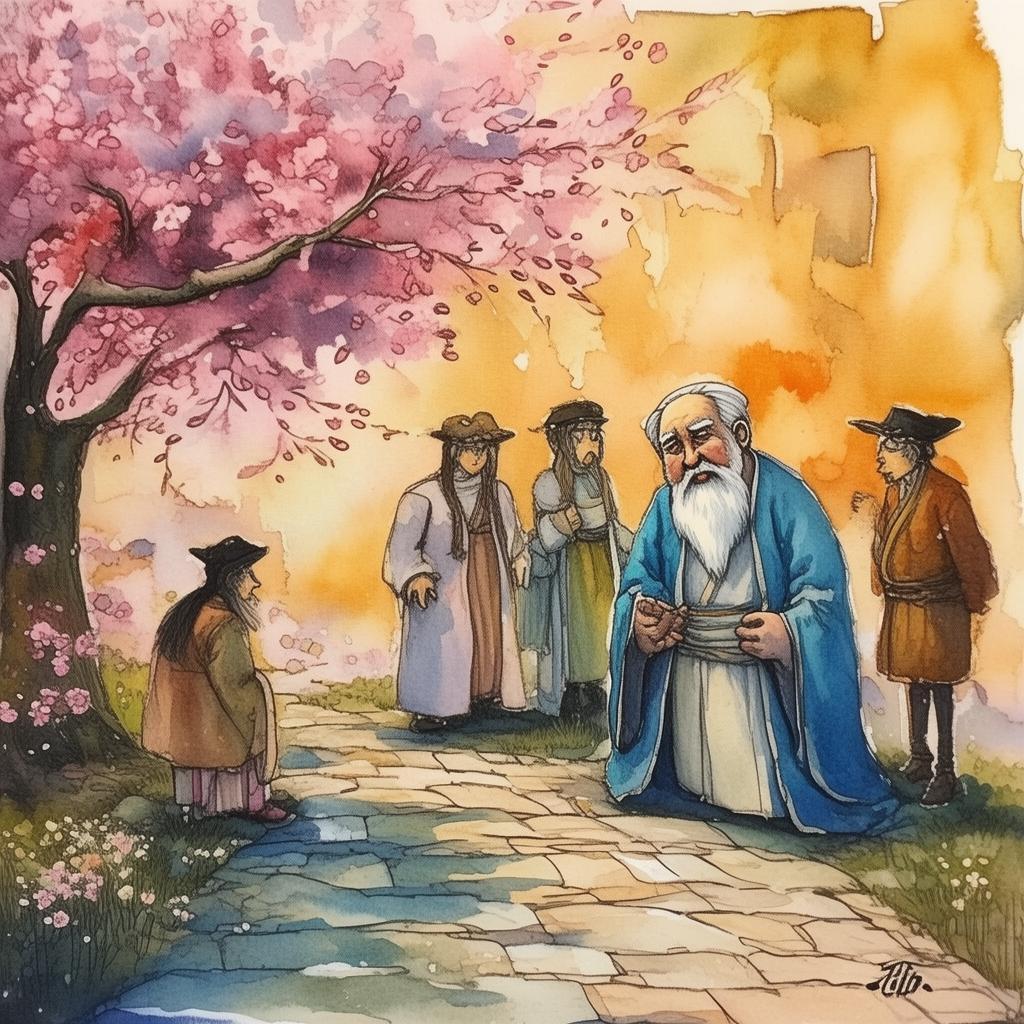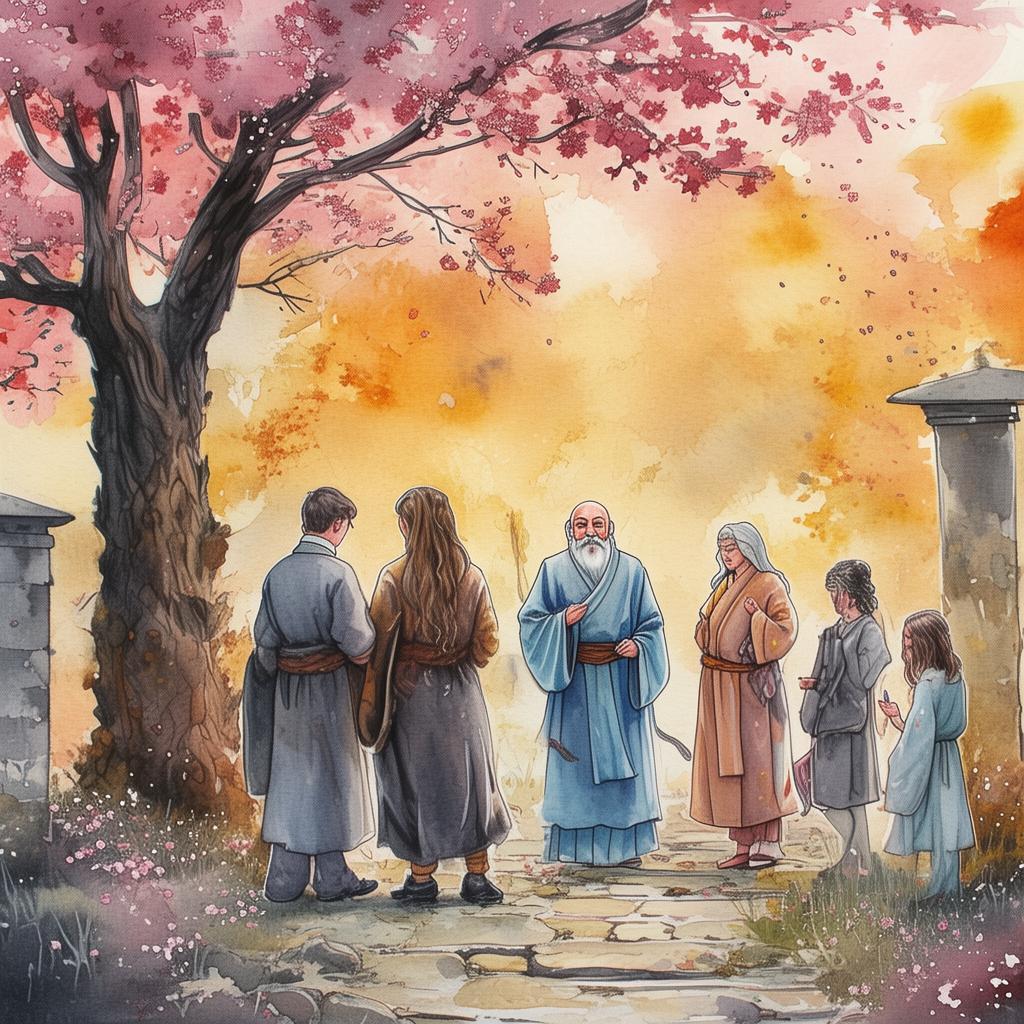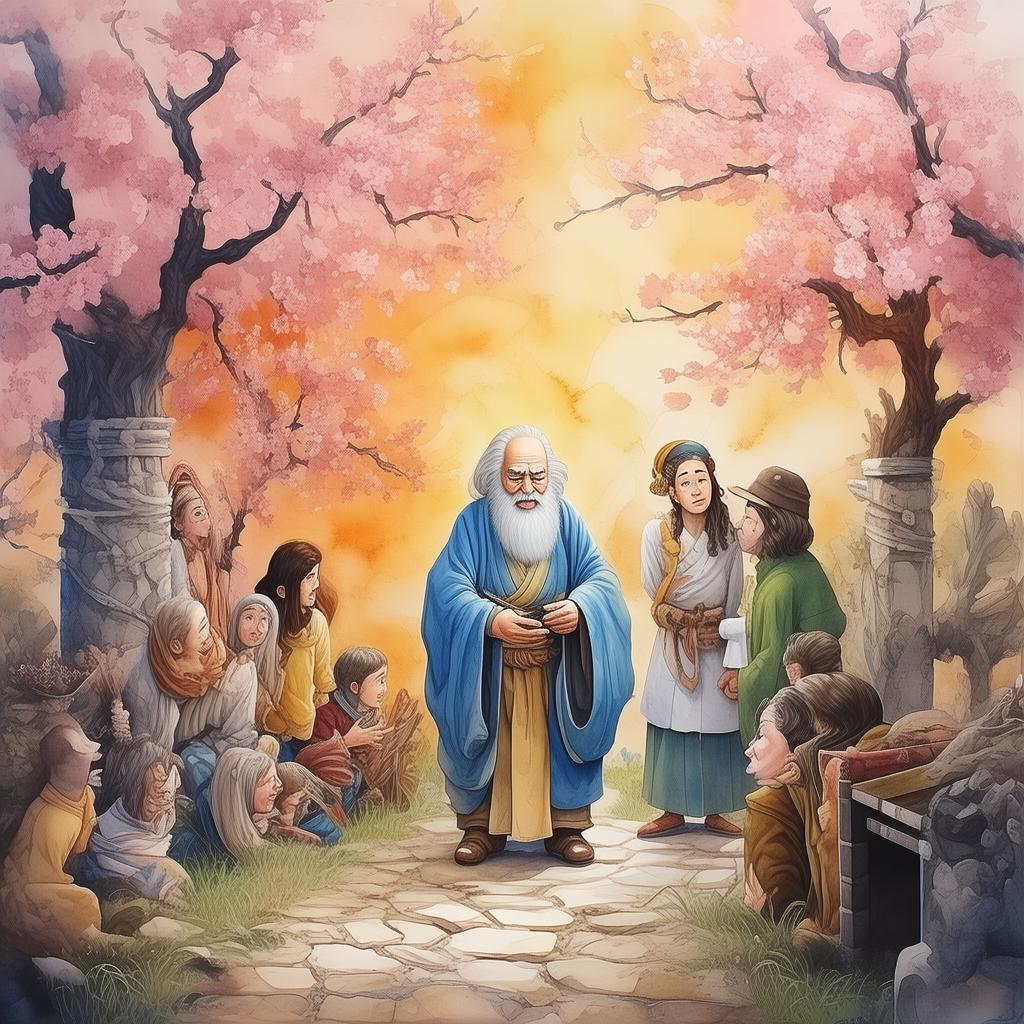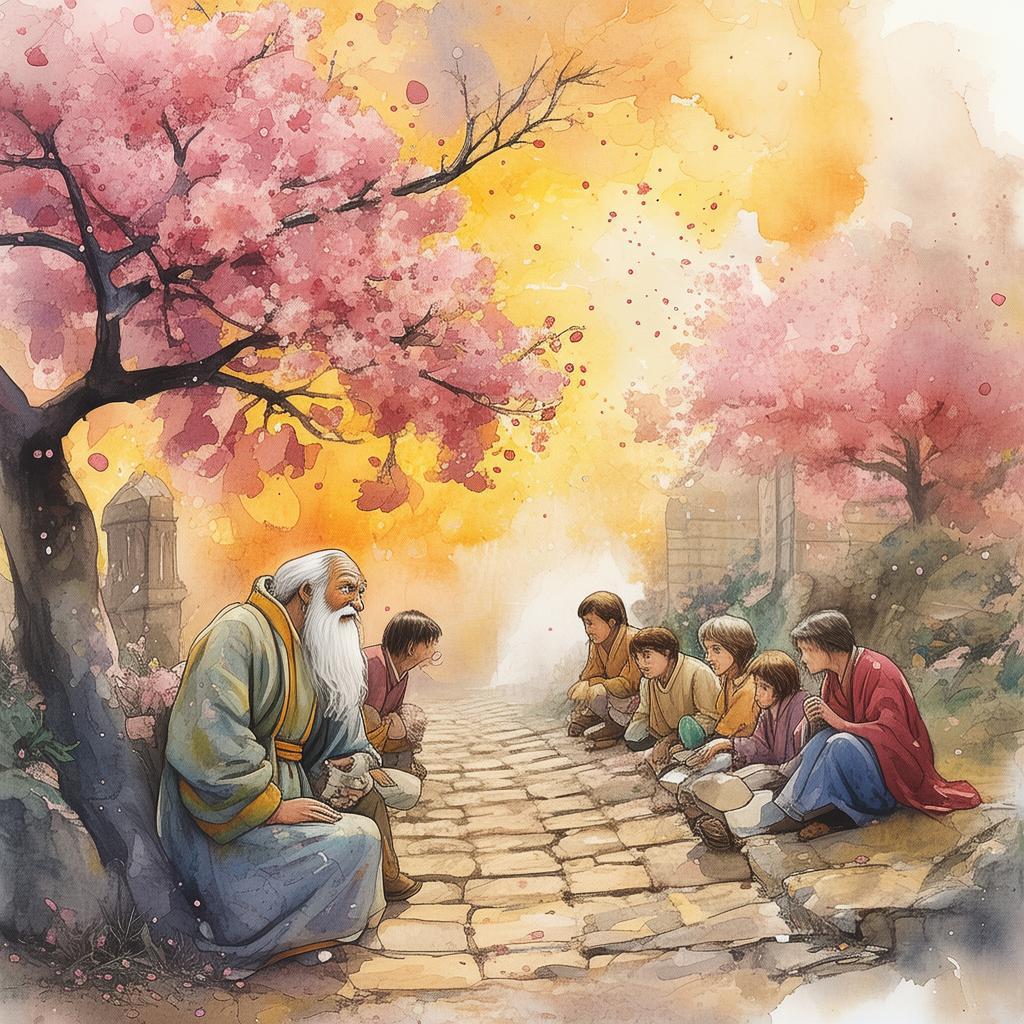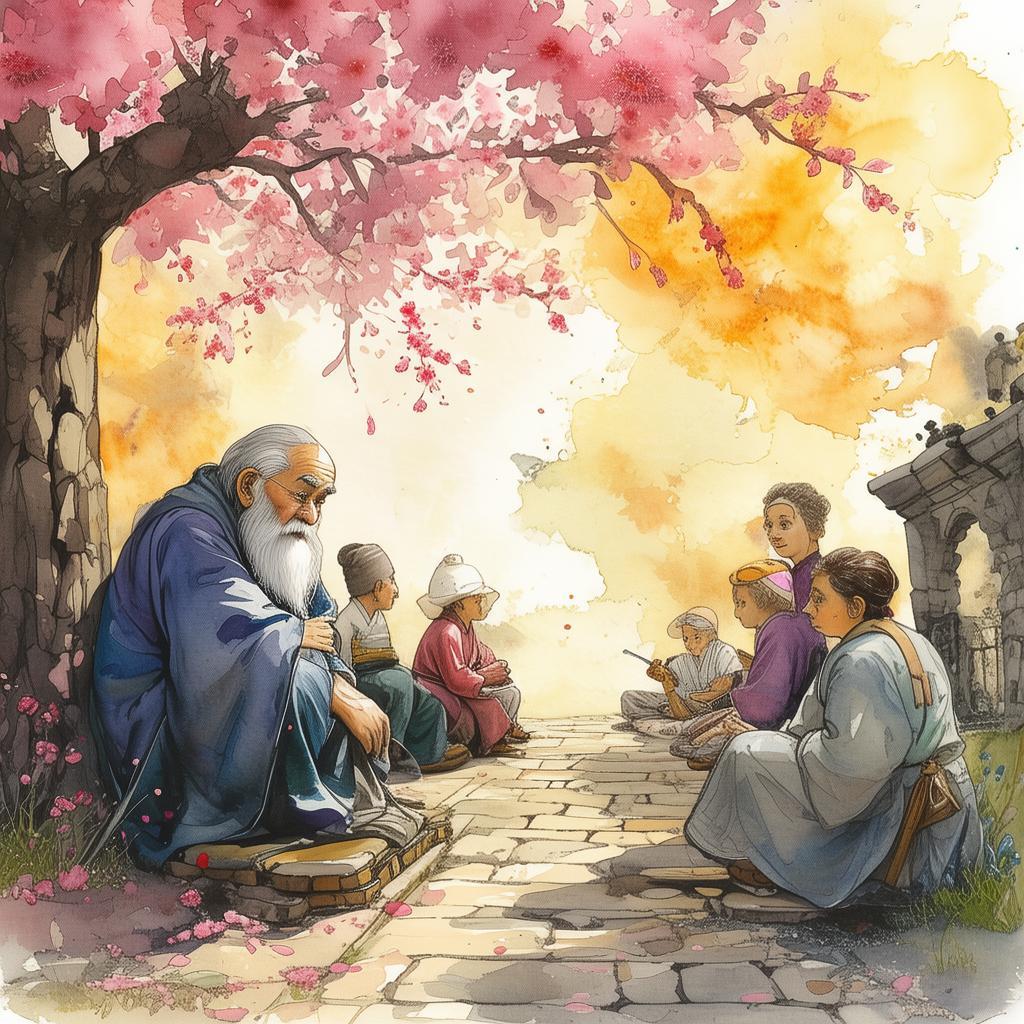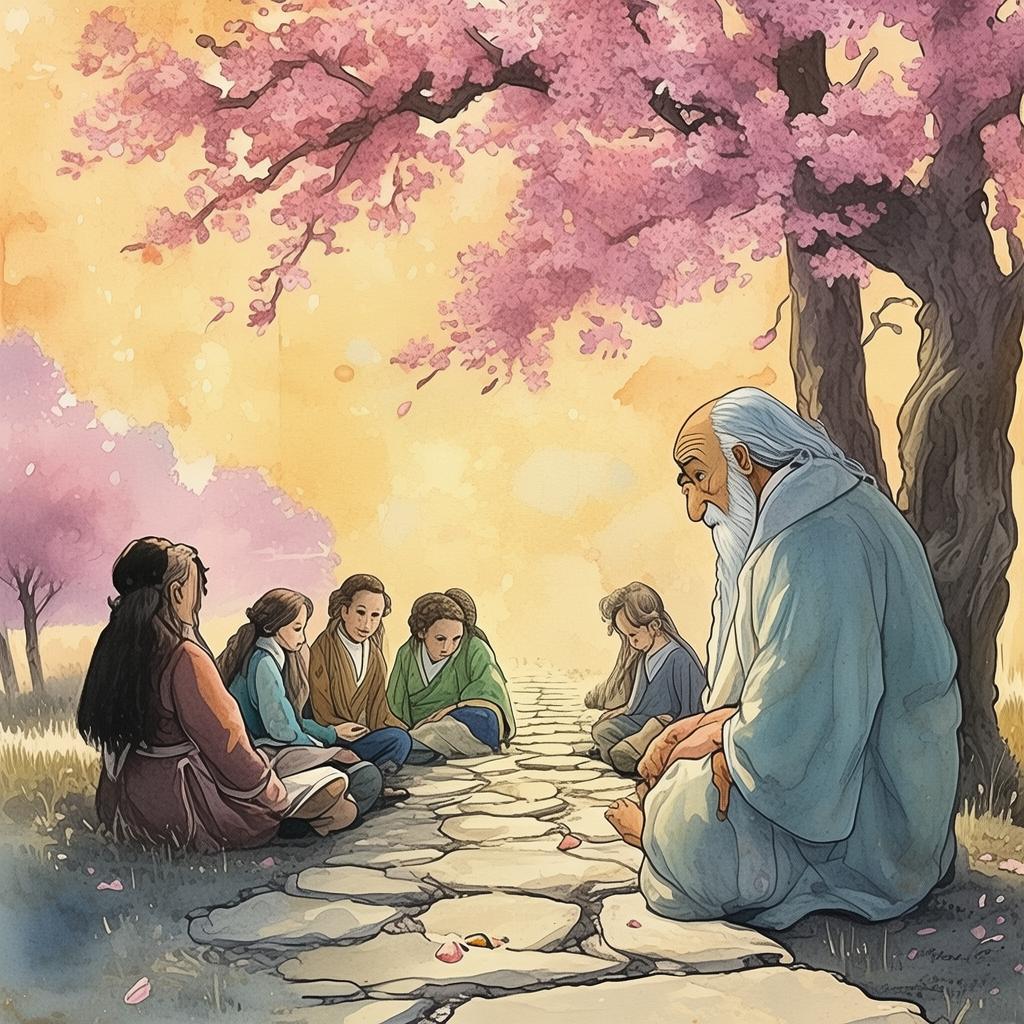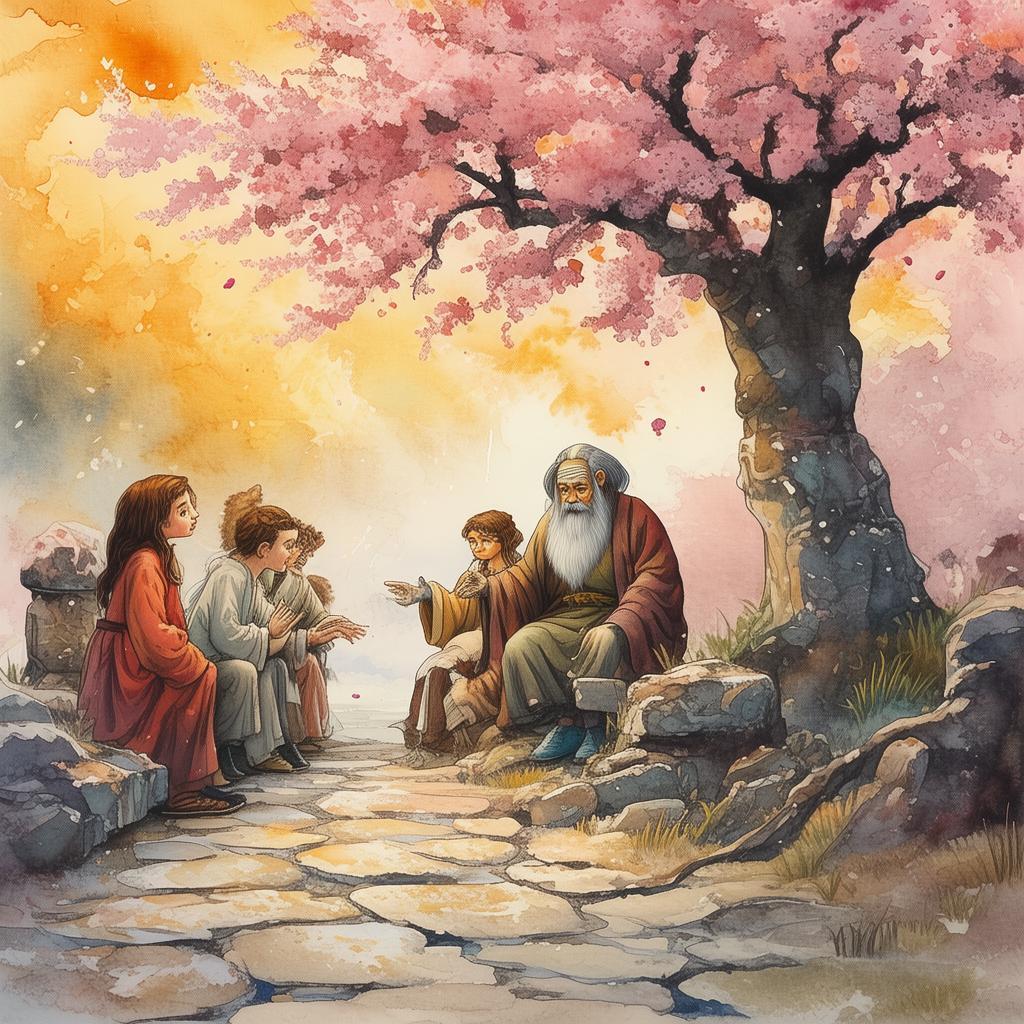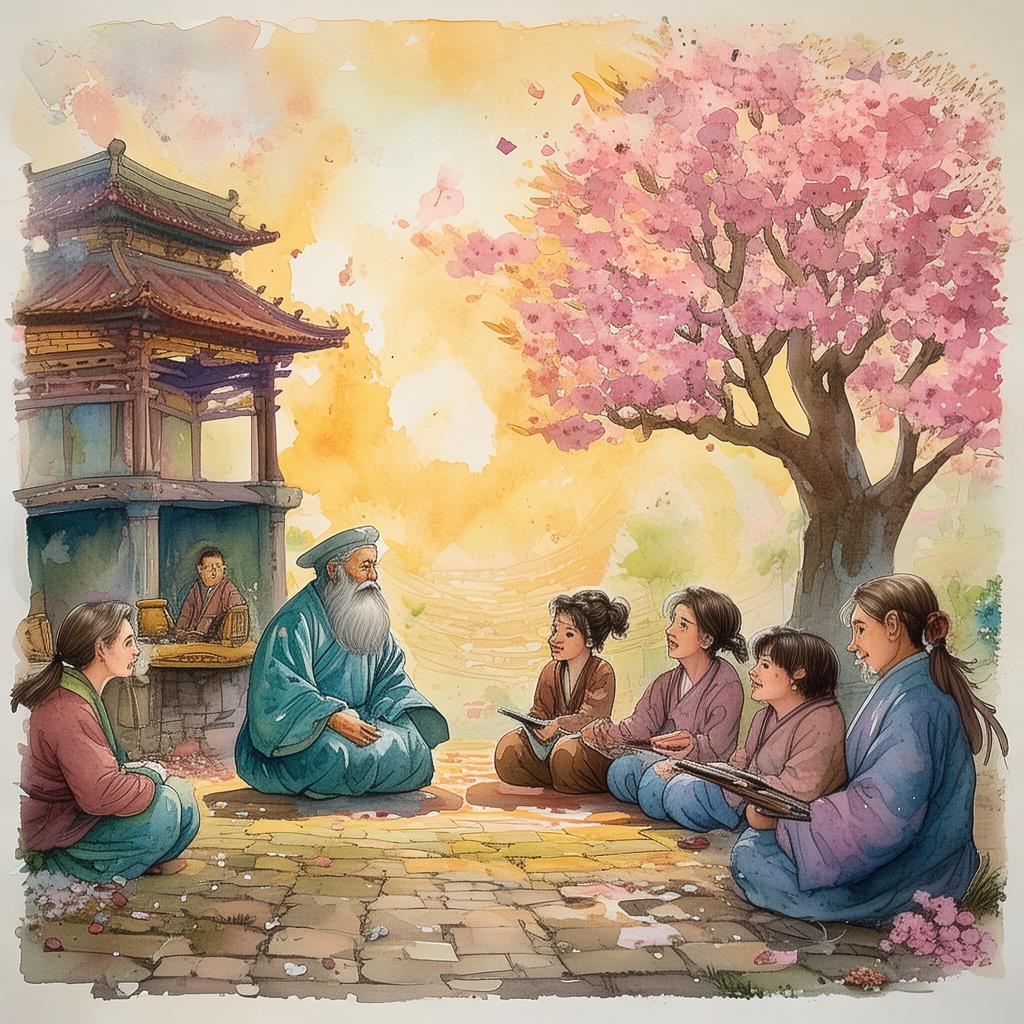The Rebel of the Golden City: The Rise and Fall of the Golden Phoenix
In the heart of the Golden City, where the sun kissed the spires of gold and the streets were paved with precious stones, there lived a creature of legend: the Golden Phoenix. This majestic bird, with feathers that shimmered like the morning sun, was said to be the guardian spirit of the city. It was a symbol of prosperity, power, and purity.
The city was ruled by a tyrant named Lord Xian, whose heart was as cold as the winter snow. He taxed the people to the bone, demanding tribute and loyalty that he never gave in return. The citizens lived in fear, their spirits crushed under the weight of his oppressive rule.
Amidst the despair, a young girl named Liang Hua discovered a hidden chamber beneath the city, where the Golden Phoenix was kept in a golden cage. She was captivated by the bird's beauty and its tales of ancient wisdom. Liang Hua, with a heart full of dreams and a mind full of rebellion, vowed to free the Golden Phoenix and restore the city to its former glory.
With the help of a group of like-minded rebels, Liang Hua plotted to overthrow Lord Xian. They were a motley crew, each with their own reasons for joining the cause: a blacksmith who had lost his family to the ruler's greed, a young scholar who had seen the truth behind the city's golden facade, and a former soldier who had fought for the tyrant but found his soul could not be bought.
The rebels worked in the shadows, their actions swift and precise. They gathered information, forged alliances, and prepared for the day when they would strike. The city was abuzz with rumors of a rebellion, but no one knew who was behind it.
One fateful night, the rebels infiltrated the palace. They fought their way through the guards, their resolve unbreakable. Liang Hua stood before Lord Xian, her eyes blazing with the fire of justice. "You have wronged this city and its people for too long," she declared. "The time for change has come."
Lord Xian, a man who had seen many uprisings, underestimated the resolve of the rebels. He underestimated the Golden Phoenix, whose feathers had been touched by the purest of intentions. As Liang Hua freed the bird, it soared into the night sky, its cry echoing through the city. The people, inspired by the bird's freedom, joined the rebellion, and the city was theirs.
The Golden Phoenix became the symbol of the new era, its feathers adorning the flags of the city. Liang Hua was hailed as a hero, her name etched in the annals of history. But the victory was bittersweet. The cost of rebellion was high, and many had paid with their lives.
As the years passed, the city flourished, but the shadow of Lord Xian's rule lingered. A new ruler, a man who had once been a loyalist, rose to power. He was ambitious and cunning, and he saw the Golden Phoenix as a threat to his authority.
One night, as the city celebrated the anniversary of the rebellion, the ruler ordered the Golden Phoenix to be captured. The bird, now a symbol of the old regime, was seen as a liability. Liang Hua, now a wise and respected elder, was forced to confront the betrayal of her own people.
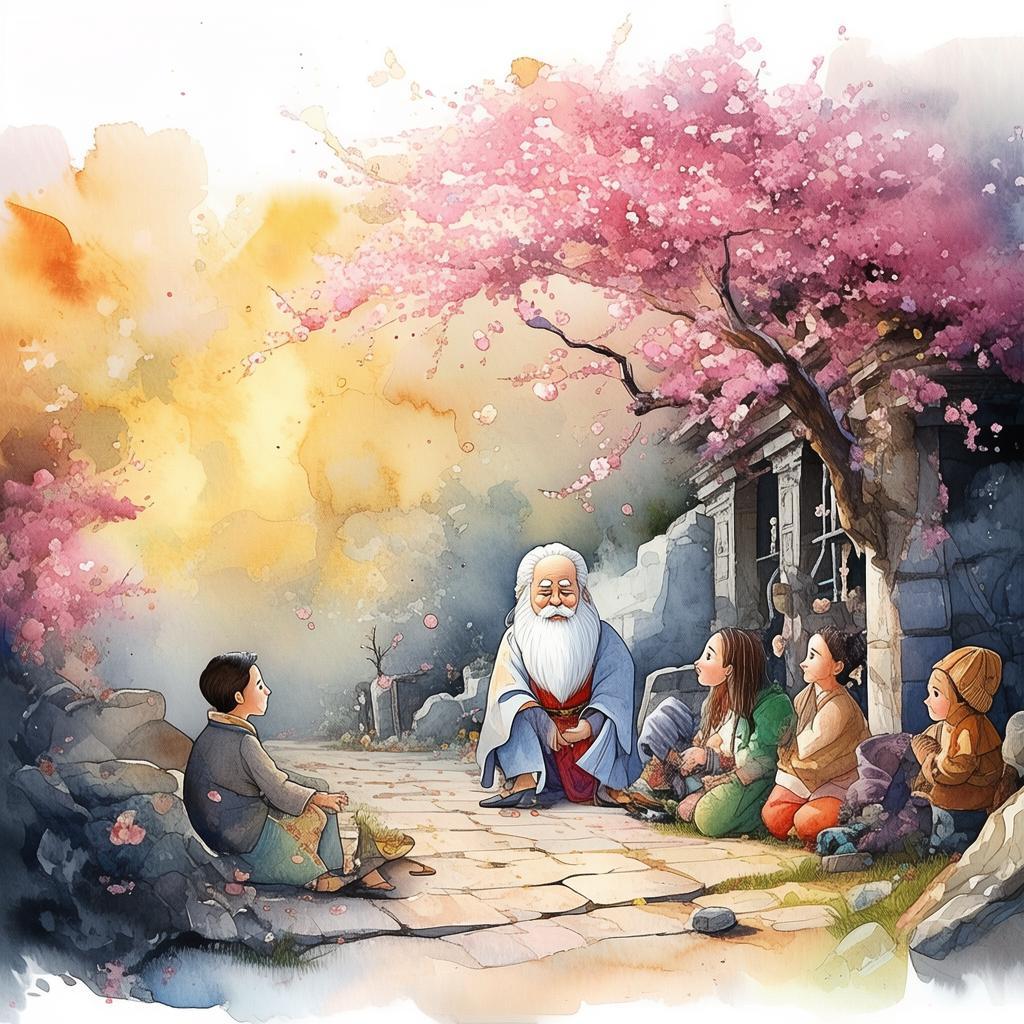
In a dramatic turn of events, Liang Hua revealed the truth to the ruler. She told him of the Golden Phoenix's role in the rebellion, and how it had been a symbol of hope and freedom. The ruler, moved by her words, realized the error of his ways. He released the Golden Phoenix, and the bird soared once more into the night sky.
But the Golden Phoenix was no longer the same. It had seen too much, and its heart was heavy with the weight of the city's suffering. It flew away, never to return, leaving behind a legacy of courage and the enduring power of hope.
The city of the Golden Phoenix continued to thrive, but the story of the bird and the rebellion remained a cautionary tale. It was a reminder that power, even when wielded for good, could corrupt the purest of hearts. And it was a testament to the enduring strength of the human spirit, which could rise above even the darkest of times.
In the end, the Golden Phoenix was more than a symbol; it was a beacon of light in the darkness, a reminder that even in the most oppressive of regimes, there was always hope.
✨ Original Statement ✨
All articles published on this website (including but not limited to text, images, videos, and other content) are original or authorized for reposting and are protected by relevant laws. Without the explicit written permission of this website, no individual or organization may copy, modify, repost, or use the content for commercial purposes.
If you need to quote or cooperate, please contact this site for authorization. We reserve the right to pursue legal responsibility for any unauthorized use.
Hereby declared.
